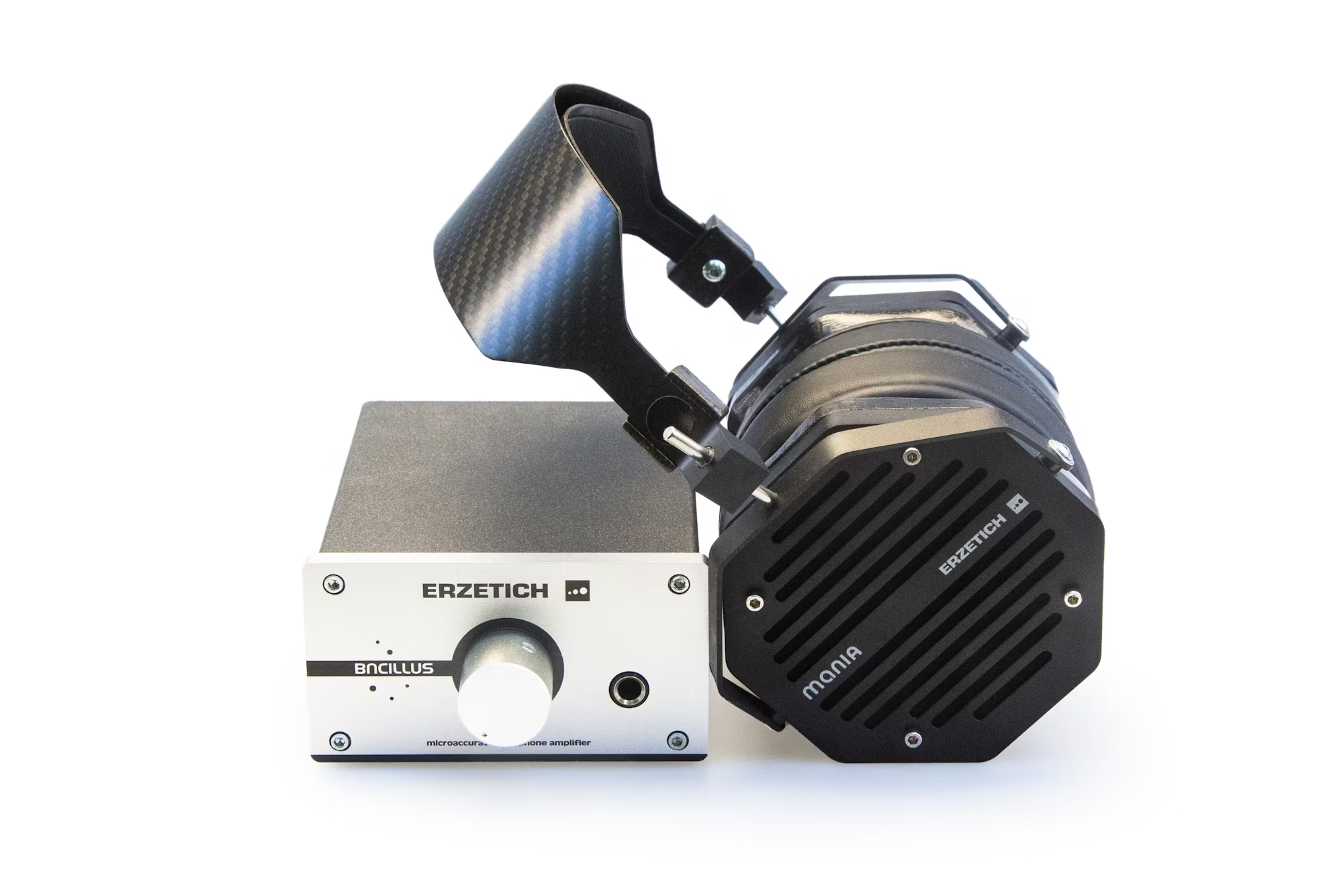The evolution of music technology has profoundly shaped the way we create, consume, and experience music. From the early days of analog recordings to the rise of digital formats and streaming services, technology has transformed not only how music is produced but also how it is shared with the world. This article explores the key milestones in the evolution of music technology, examining their impact on artists, listeners, and the industry as a whole.\n\nIn the beginning, music was an ephemeral art form, experienced live and often forgotten once the performance ended. The invention of analog recording techniques in the late 19th and early 20th centuries marked a significant turning point. The phonograph, developed by Thomas Edison, allowed sounds to be captured and played back, leading to the creation of the first commercial recordings. This innovation made it possible for music to be preserved and distributed widely, changing the landscape of the music industry forever.\n\nVinyl records became the dominant format for music consumption in the mid-20th century. These grooved discs offered a warm, rich sound that captivated audiences and became a symbol of the era. Vinyl records not only facilitated the rise of popular music genres, such as rock and jazz, but also gave birth to a culture of album artwork and storytelling. Albums became a cohesive body of work, with artists crafting thematic experiences that extended beyond individual songs.\n\nThe introduction of cassette tapes in the 1970s brought about another revolution in music consumption. The portability of cassettes allowed people to take their music anywhere, leading to the emergence of mixtapes—personal compilations that became a cherished form of artistic expression. This era also saw the rise of the Walkman, which further popularized personal music consumption and allowed listeners to curate their own experiences in ways never before possible.\n\nThe 1980s and 1990s witnessed the arrival of compact discs (CDs), which offered a new level of sound quality and durability compared to previous formats. The digital nature of CDs allowed for precise sound reproduction, and their convenience led to a significant shift in how music was sold and distributed. The rise of CD players and stereo systems revolutionized home listening experiences, while album sales skyrocketed, giving artists greater financial opportunities.\n\nHowever, the advent of the internet in the late 1990s transformed the music industry once again. With the ability to share files online, the traditional model of music distribution faced challenges that reshaped the landscape. Peer-to-peer file sharing platforms like Napster popularized the idea of free music access, leading to a significant decline in physical album sales. This shift forced the industry to adapt to a new reality, resulting in a rise in digital music platforms and online distribution.\n\nThe introduction of the MP3 format played a pivotal role in this digital revolution. MP3s compressed audio files without significantly compromising quality, making it easy for users to store and share large libraries of music on their computers and portable devices. As smartphones became ubiquitous, so did the ability to carry entire music collections in our pockets. This convenience fundamentally changed the way we discover and interact with music, paving the way for streaming services.\n\nStreaming platforms like Spotify, Apple Music, and Tidal have become dominant forces in the music industry, allowing users to access vast libraries of songs at their fingertips. This shift has not only altered consumption patterns but has also changed how artists approach music creation and marketing. The focus has shifted from album sales to single releases and playlists, as artists strive to capture listeners’ attention in an increasingly competitive landscape.\n\nMoreover, the rise of algorithms and curated playlists has influenced how music is discovered. Users are often introduced to new artists and genres based on their listening habits, leading to a more personalized music experience. This democratization of music discovery has opened doors for independent artists, allowing them to reach wider audiences without relying solely on traditional record labels. The emergence of platforms like Bandcamp and SoundCloud further emphasizes this shift, empowering musicians to share their work directly with fans.\n\nAs technology continues to advance, so do the tools available for music production. Digital Audio Workstations (DAWs) have revolutionized how music is created, allowing artists to record, edit, and mix tracks with unprecedented flexibility and ease. The ability to experiment with various sounds and effects in a digital environment has led to a wave of innovation, enabling artists to push creative boundaries and explore new genres.\n\nIn addition to software advancements, hardware technology has also evolved. MIDI controllers, synthesizers, and virtual instruments have become essential tools for modern music production. Artists can now create complex soundscapes and intricate compositions without the need for extensive studio setups, making music creation more accessible than ever before. This shift has fostered a new generation of producers and musicians who embrace technology as an integral part of their artistic process.\n\nWhile the evolution of music technology has brought about incredible advancements, it has also sparked discussions about the value of music and the role of artists in an increasingly digital world. The question of fair compensation for artists in the streaming age remains a significant issue. As streaming services often pay artists fractions of a cent per stream, many musicians struggle to make a sustainable living. This ongoing challenge has prompted calls for changes in how artists are compensated, leading to discussions about the future of the music industry and its relationship with technology.\n\nDespite these challenges, the future of music technology is filled with exciting possibilities. Innovations in artificial intelligence and machine learning are beginning to influence music creation and production processes. AI-powered tools can analyze musical patterns, suggest chord progressions, and even generate melodies, opening new avenues for creativity. This technology could enhance collaboration between artists and machines, allowing for unique hybrid compositions that blend human emotion with algorithmic precision.\n\nAdditionally, the rise of virtual reality (VR) and augmented reality (AR) technologies presents new opportunities for immersive music experiences. Artists are exploring ways to engage audiences through virtual concerts and interactive performances, providing fans with unique experiences that transcend physical boundaries. This evolution reflects a broader trend towards enhancing audience engagement, creating memorable connections between artists and fans.\n\nIn conclusion, the journey of music technology from analog to digital has transformed the way we create, consume, and experience music. Each advancement has reshaped the industry, impacting artists and listeners alike. While challenges remain in navigating the digital landscape, the potential for innovation and creativity continues to inspire the future of music. As technology evolves, so too will the art of music, ensuring that it remains a vibrant and essential part of our lives for generations to come.

Posted inBright Ideas Work Space

